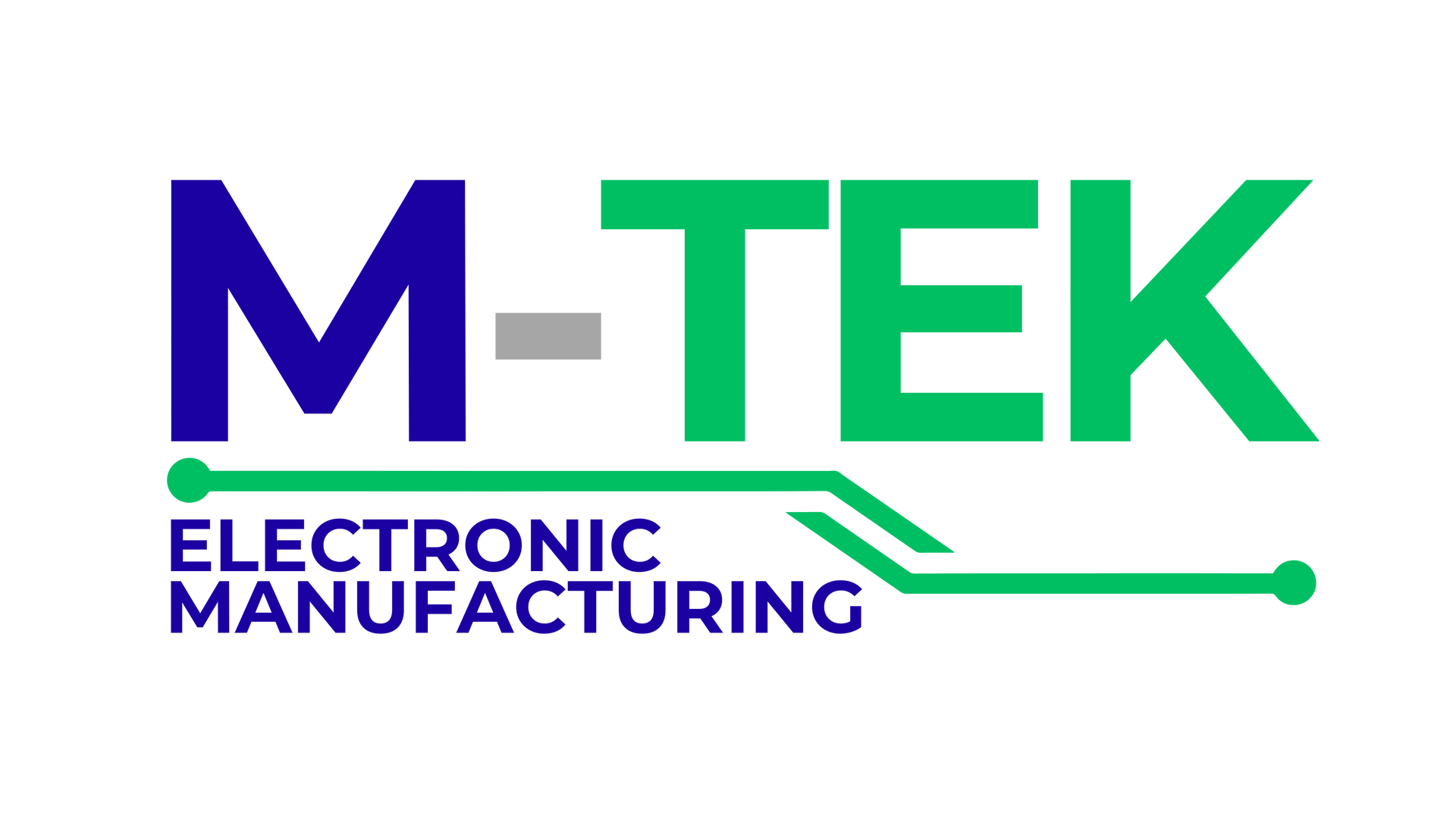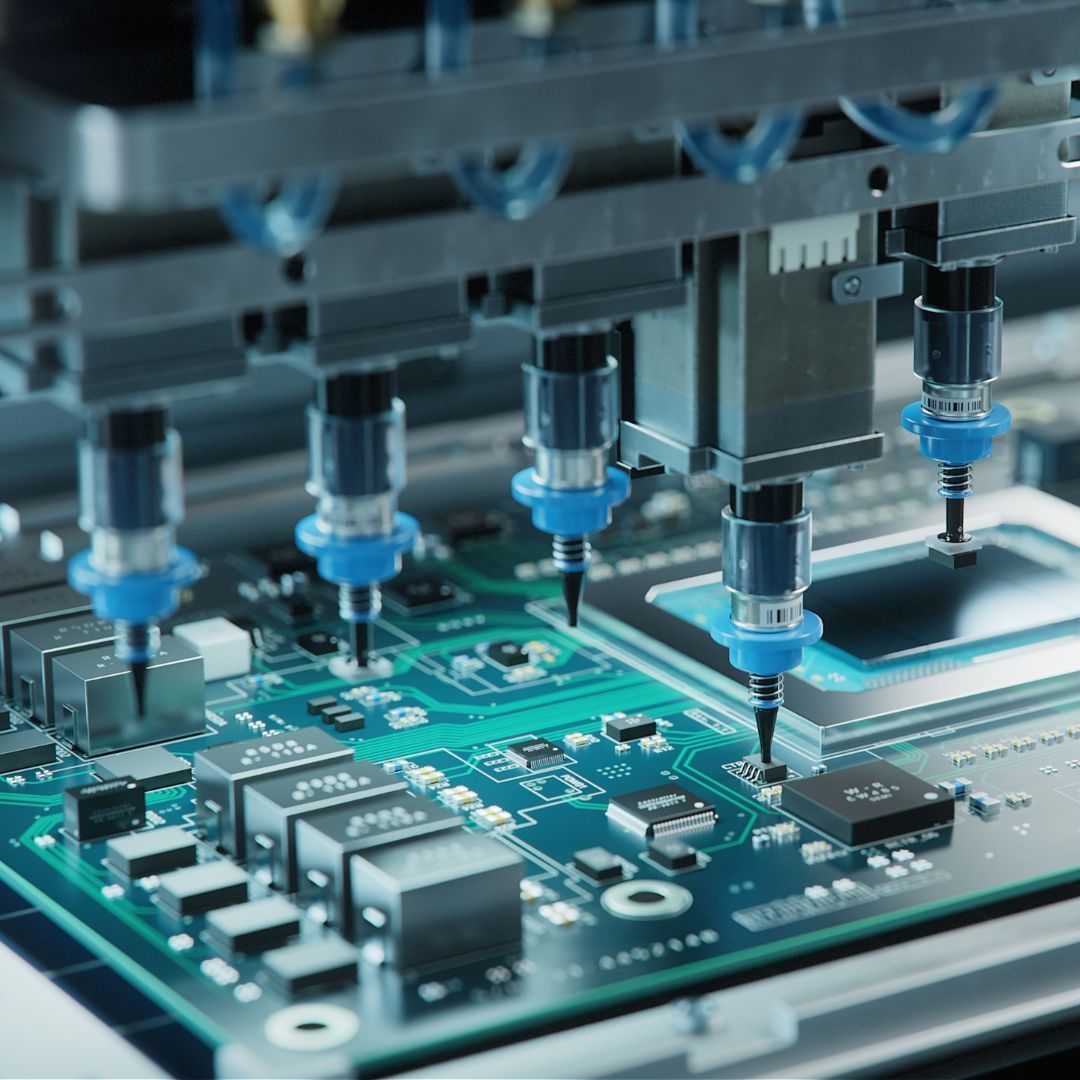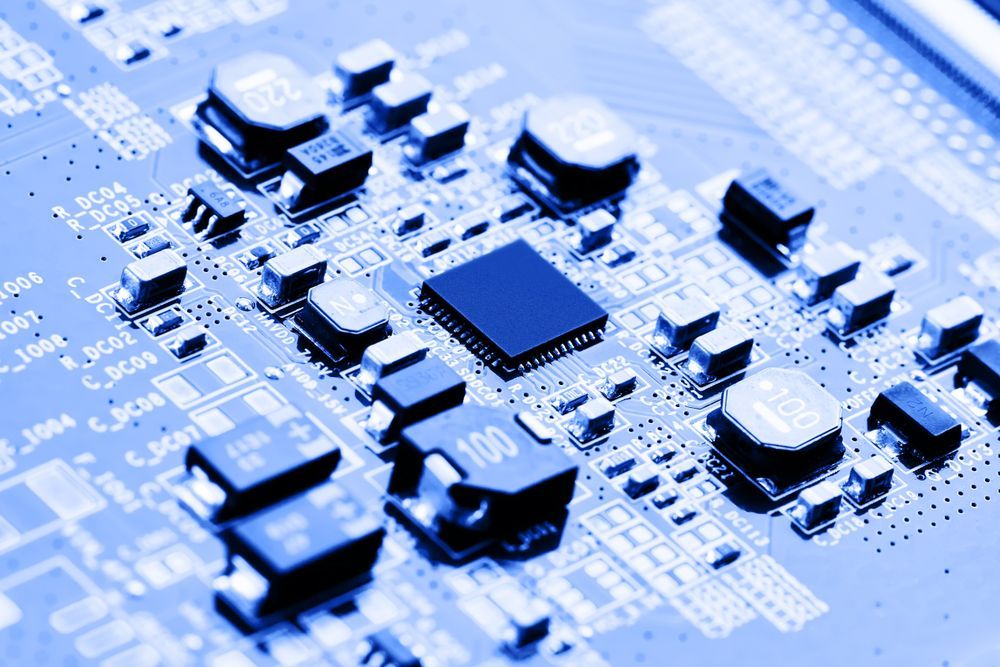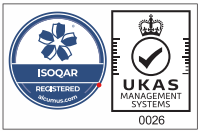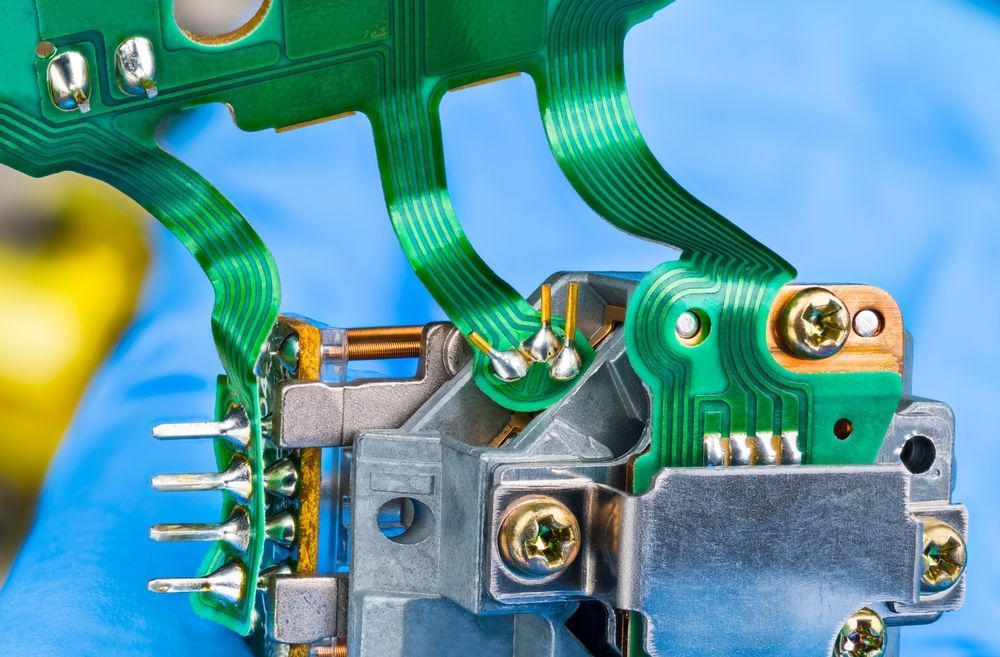
The rapid evolution of technology has spurred a constant demand for more powerful, efficient, and compact electronic devices.
In this ever-changing landscape, the heart of innovation lies in the printed circuit board (PCB). PCBs are the foundation of electronic devices, enabling the intricate interconnection of components.
As the demand for higher performance and functionality grows, the development of next-generation materials is crucial to unlock new possibilities in PCB design.
This article delves into the realm of advanced materials that are reshaping PCB performance, paving the way for more efficient and capable electronic devices.
The Role of Printed Circuit Boards in Modern Electronics
Printed Circuit Boards (PCBs) serve as the backbone of modern electronic devices. These thin, flat boards host a complex network of conductive traces, components, and connectors that work together to transmit electrical signals and power.
The evolution of PCBs has mirrored the advancement of technology, from simple single-layer boards to complex multilayer designs, enabling smaller and more powerful devices.
The Demand for Enhanced PCB Performance
With the increasing demand for devices with higher computational power, connectivity, and miniaturisation, PCBs are under constant pressure to improve their performance.
Factors such as signal integrity, thermal management, and power efficiency have become critical considerations in PCB design.
Next-generation materials are poised to address these challenges and open new avenues for innovation.
Next-Gen Materials Redefining PCB Performance
Advanced Substrates: The substrate material forms the foundation of a PCB and significantly influences its performance. Traditional materials like FR-4 (a type of fibreglass-reinforced epoxy) are being supplemented and, in some cases, replaced by advanced substrates like Polyimide, Rogers RO4000 series, and Liquid Crystal Polymer (LCP). These materials offer better thermal stability, lower signal loss, and higher frequency capabilities, making them ideal for high-speed and RF applications.
Flexible and Stretchable Materials: T These materials, often based on elastomers or polymers, enable PCBs to conform to irregular shapes and even stretch with movement. Such materials are revolutionising industries like medical devices, robotics, and consumer electronics.
Embedded Components: Next-gen PCBs are moving beyond traditional surface-mounted components. Embedded components involve integrating passive and active components within the PCB substrate itself. This reduces the PCB's footprint, enhances signal integrity, and minimises electromagnetic interference.
3D Printing and Additive Manufacturing: Additive manufacturing techniques, including 3D printing, are allowing for the creation of intricate PCB designs that were previously unattainable. These methods enable the fabrication of complex geometries, reduced weight, and improved heat dissipation through optimised internal structures.
Thermal Management Solutions: High-performance electronic devices generate significant heat, which can impact their reliability and lifespan. Advanced thermal management materials, such as thermally conductive substrates and phase-change materials, help dissipate heat more efficiently, ensuring consistent performance and longevity.
Benefits and Future Implications
The integration of next-generation materials into PCB design holds promising benefits for the electronics industry. As devices become more compact and powerful, advanced materials will enable:
Higher-Speed Data Transmission: Enhanced signal integrity and reduced signal loss in high-frequency applications.
Miniaturisation and Flexibility: Smaller, lighter, and more flexible devices for various applications.
Improved Energy Efficiency: Better thermal management and reduced power consumption for prolonged battery life.
Expanded Application Scope: New opportunities in fields such as 5G technology, IoT devices, medical electronics, and aerospace applications.
Conclusion
The evolution of printed circuit boards has been instrumental in shaping the modern electronics landscape.
As technology continues to push the boundaries of innovation, the demand for more efficient, compact, and powerful electronic devices intensifies.
With the continued advancement of materials science and manufacturing techniques, the possibilities for enhancing PCB performance are limitless, promising a future where electronics are smarter, faster, and more versatile than ever before.
Call
01189 455377 or follow us on
Twitter to learn more about our products and services.
